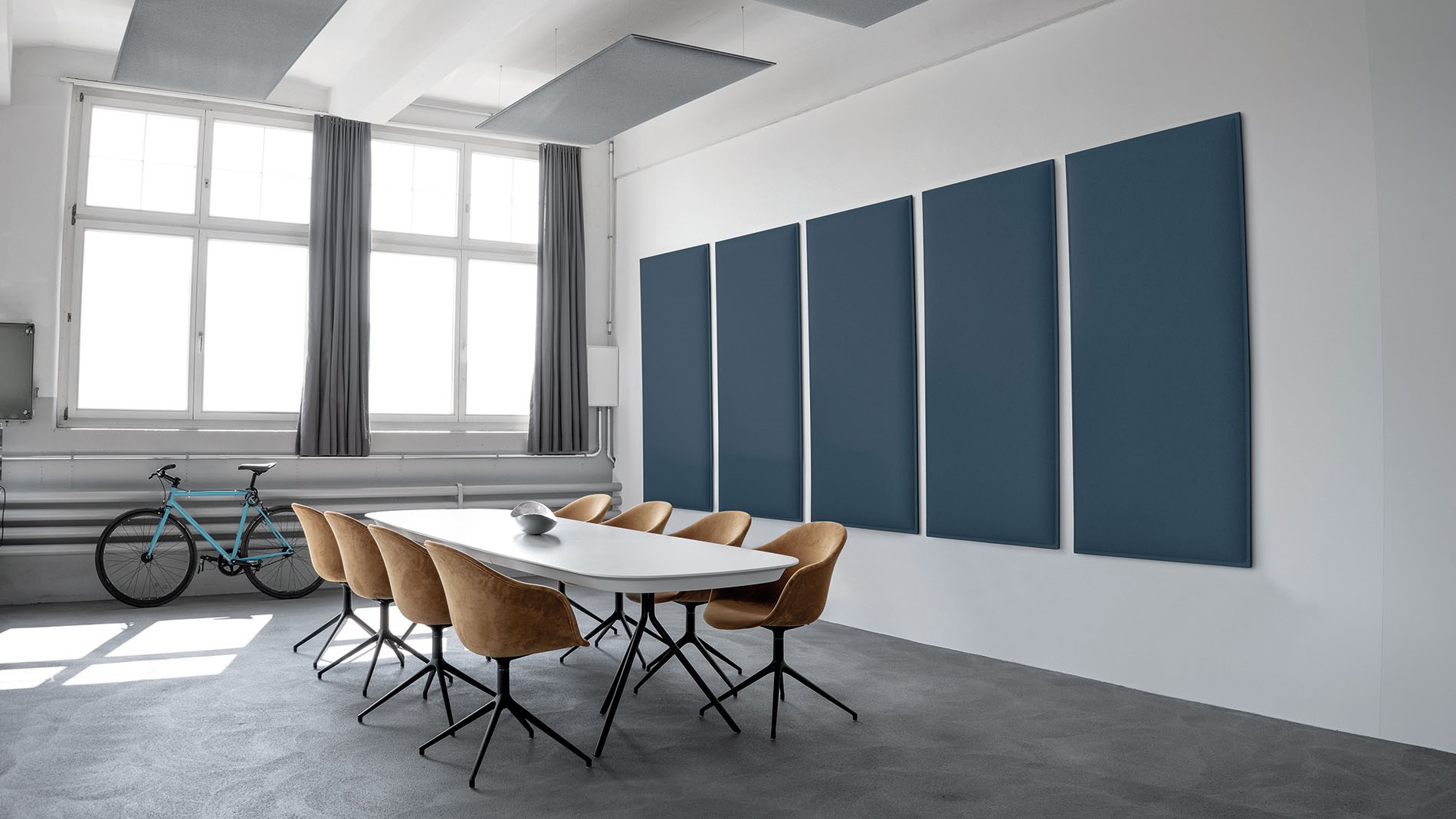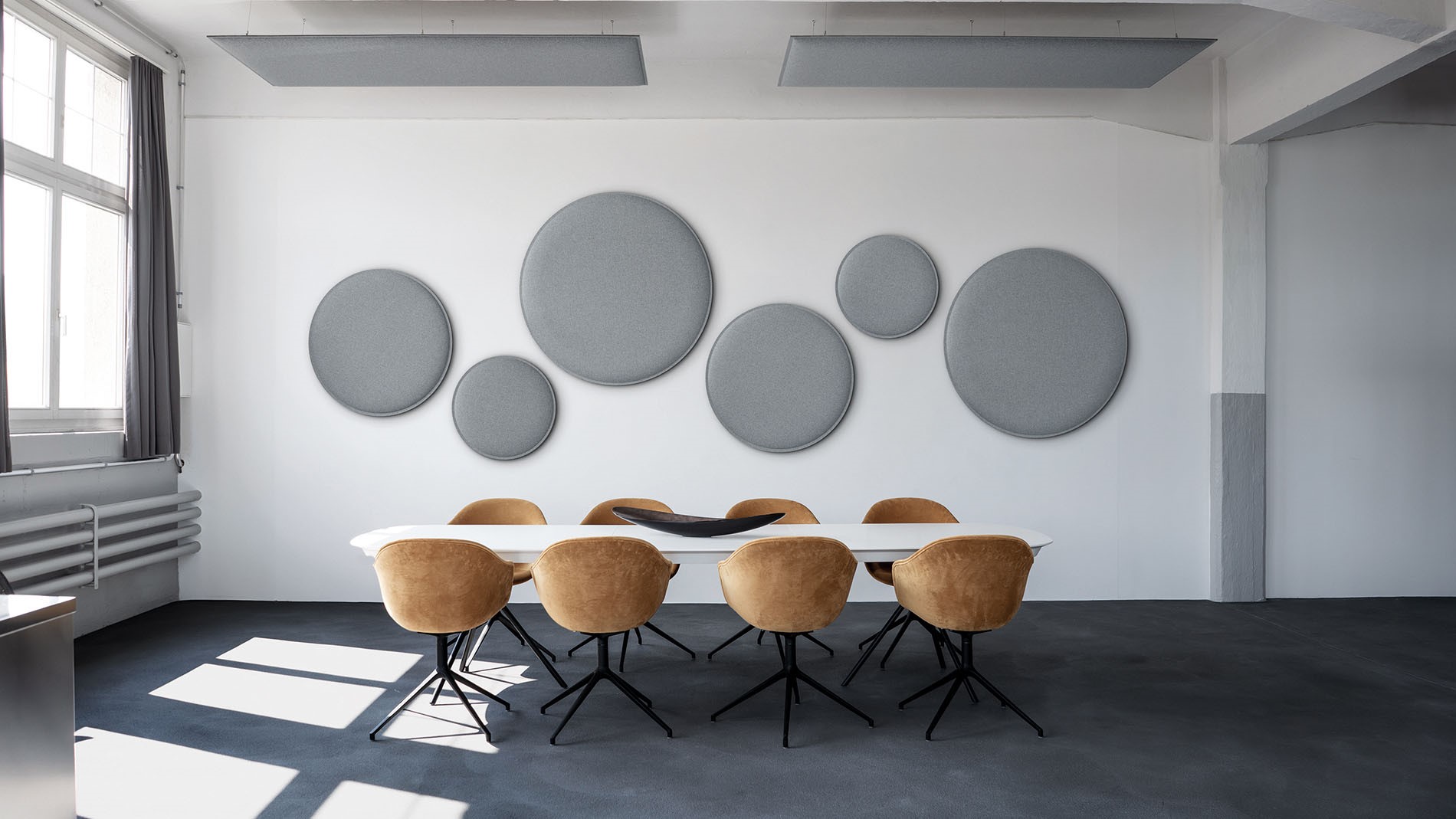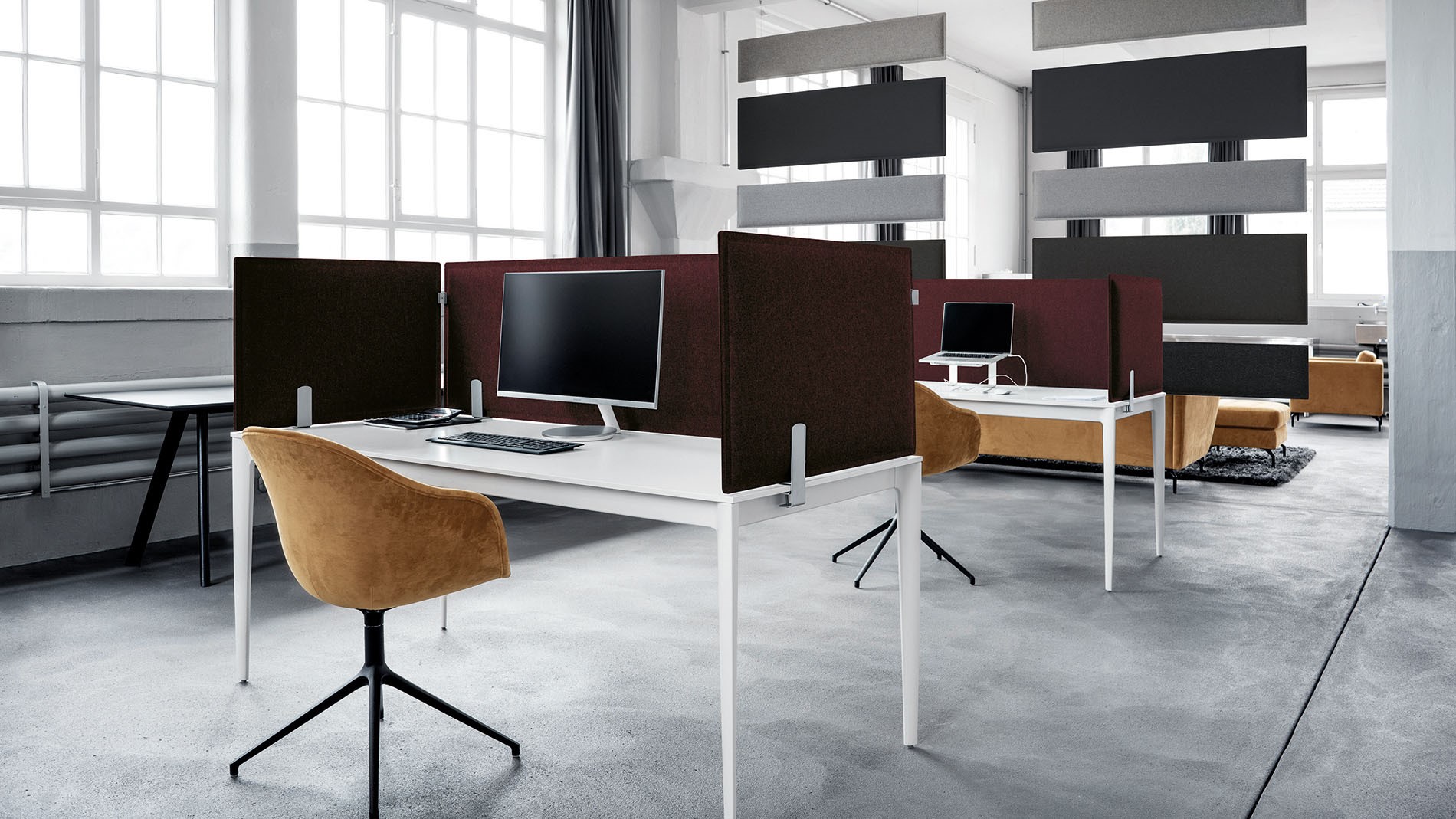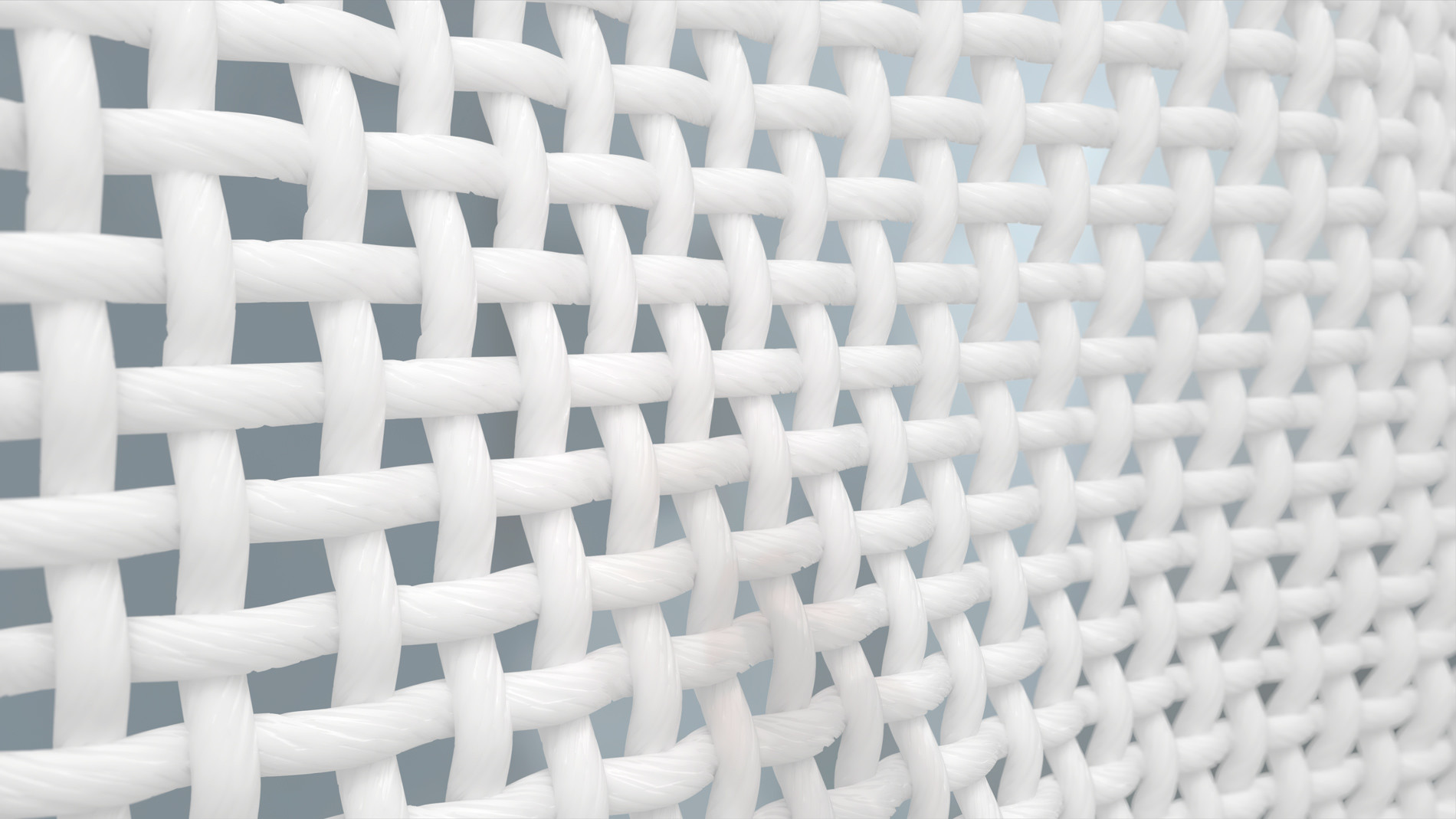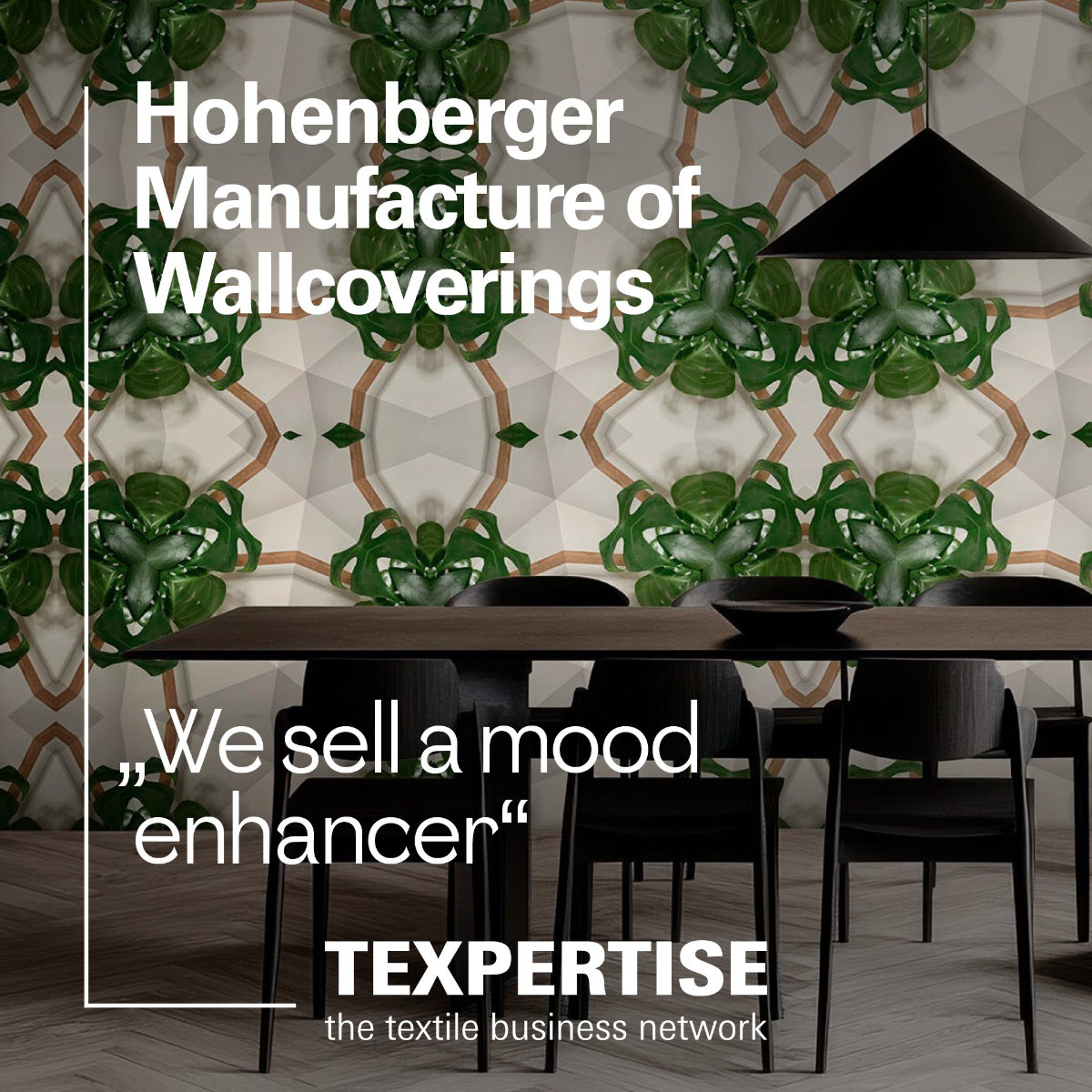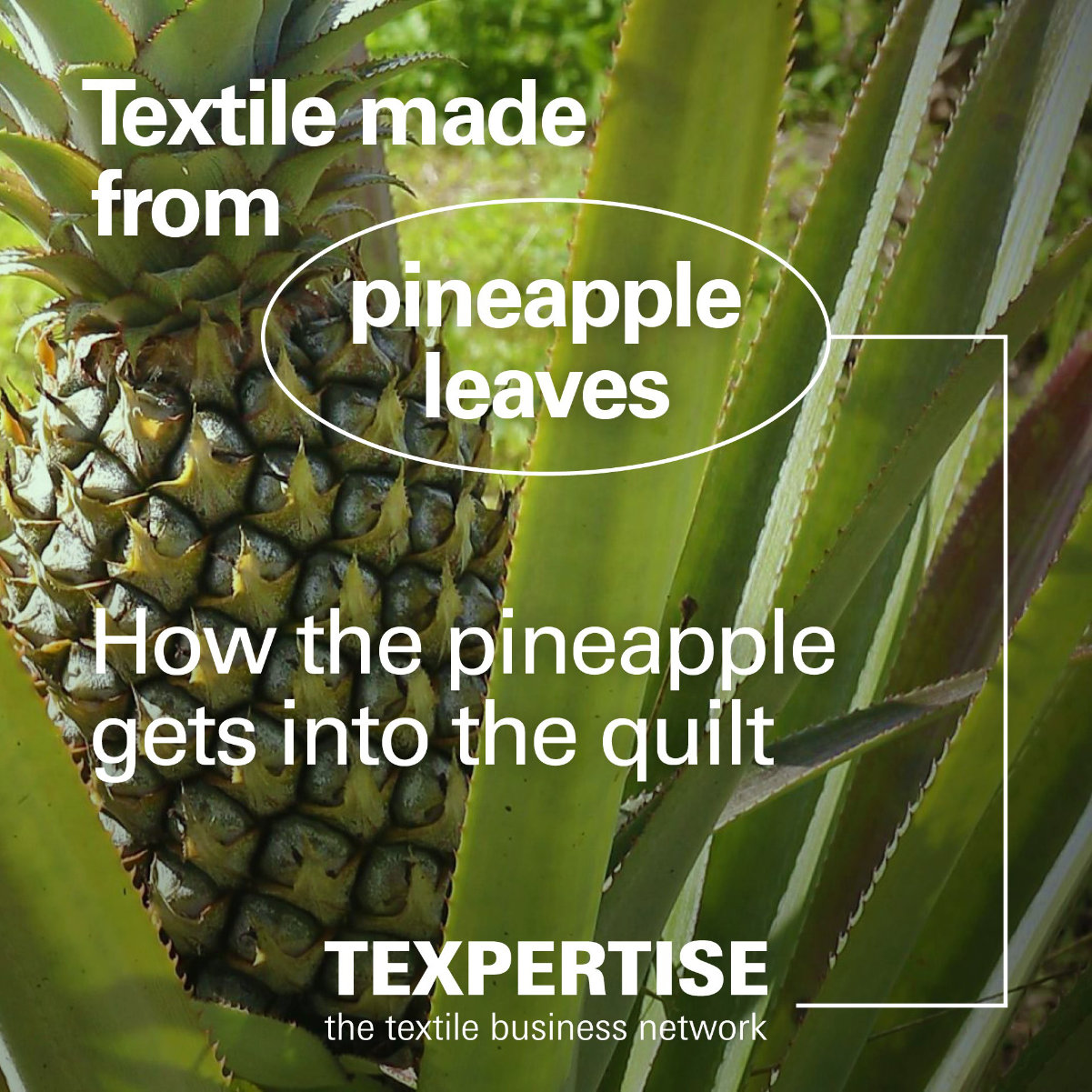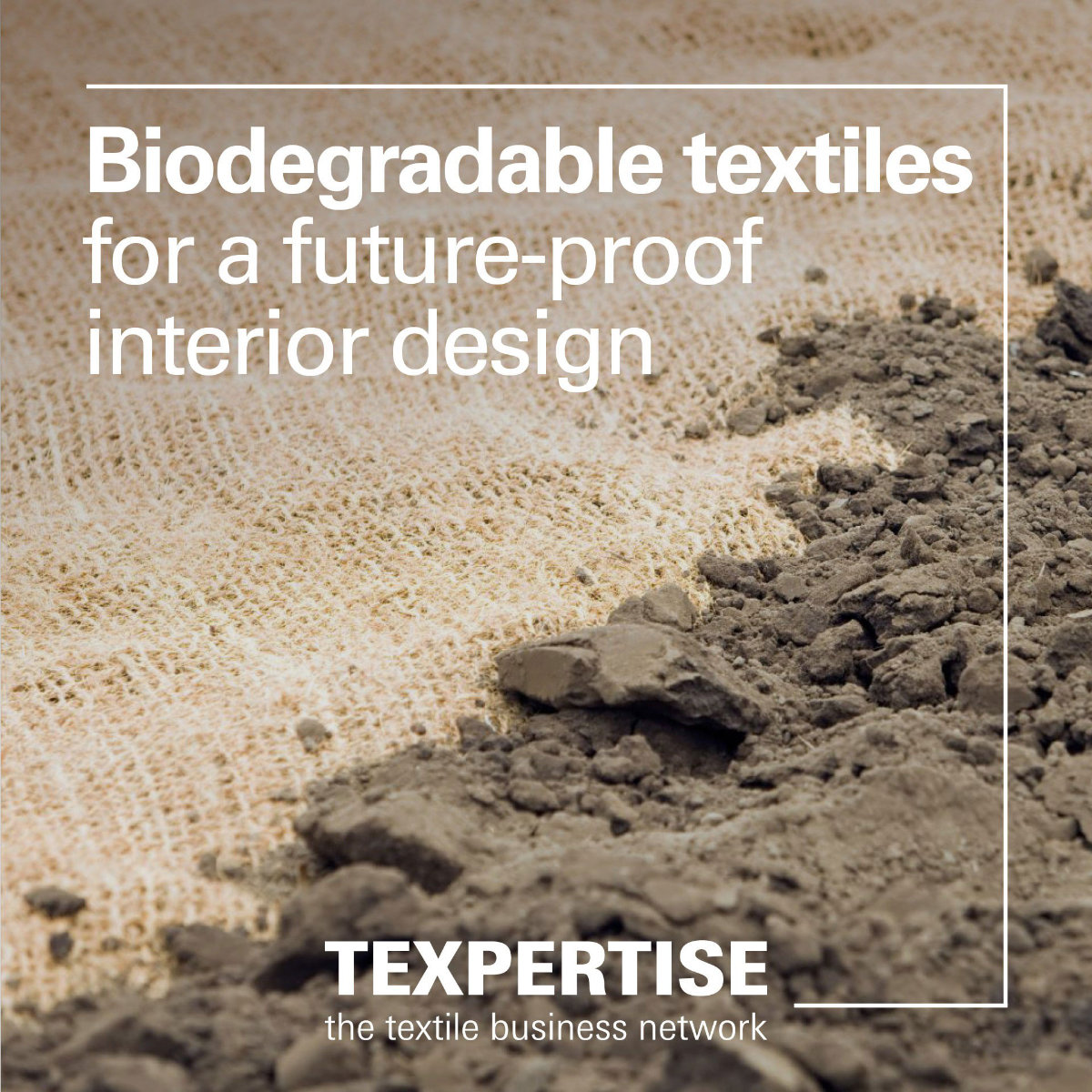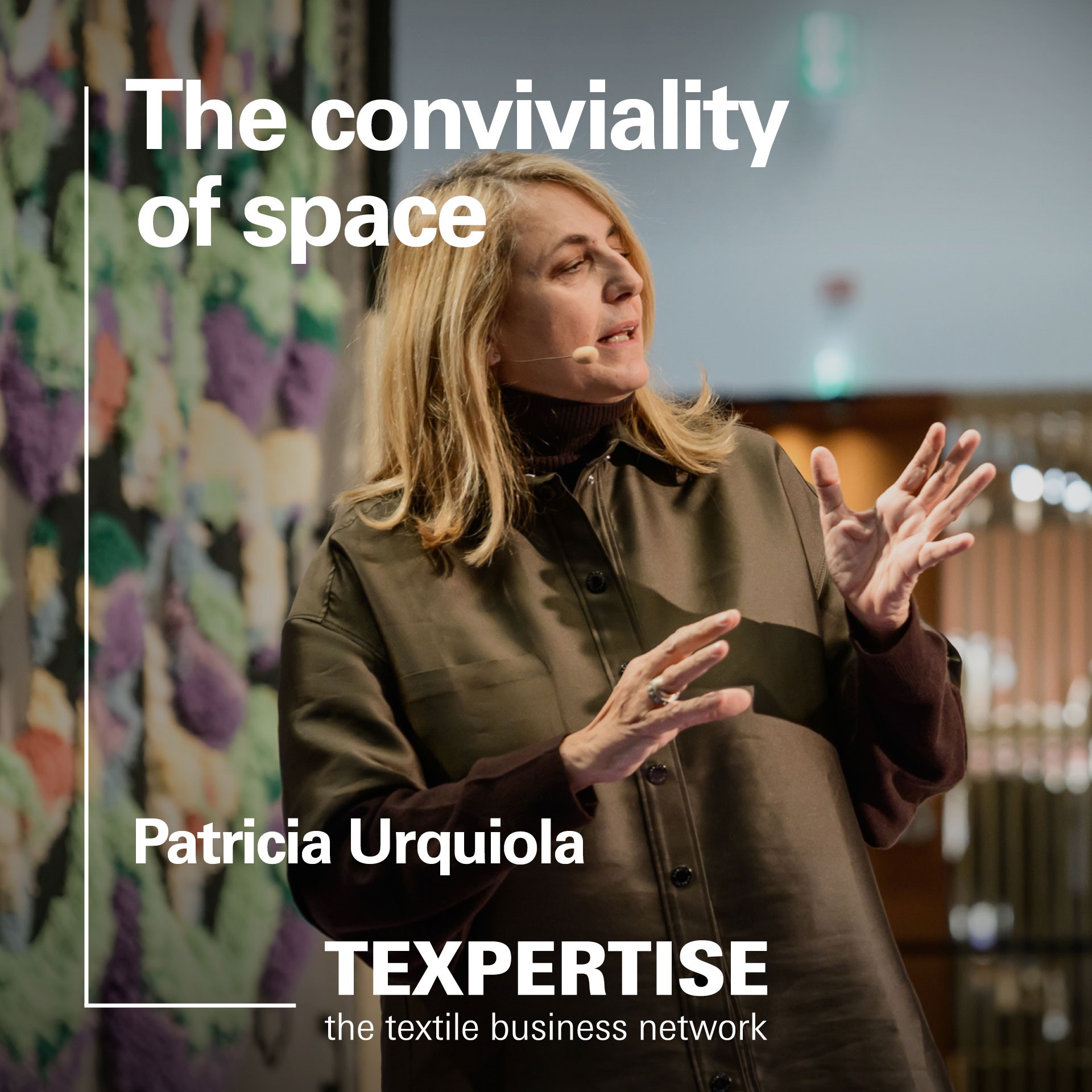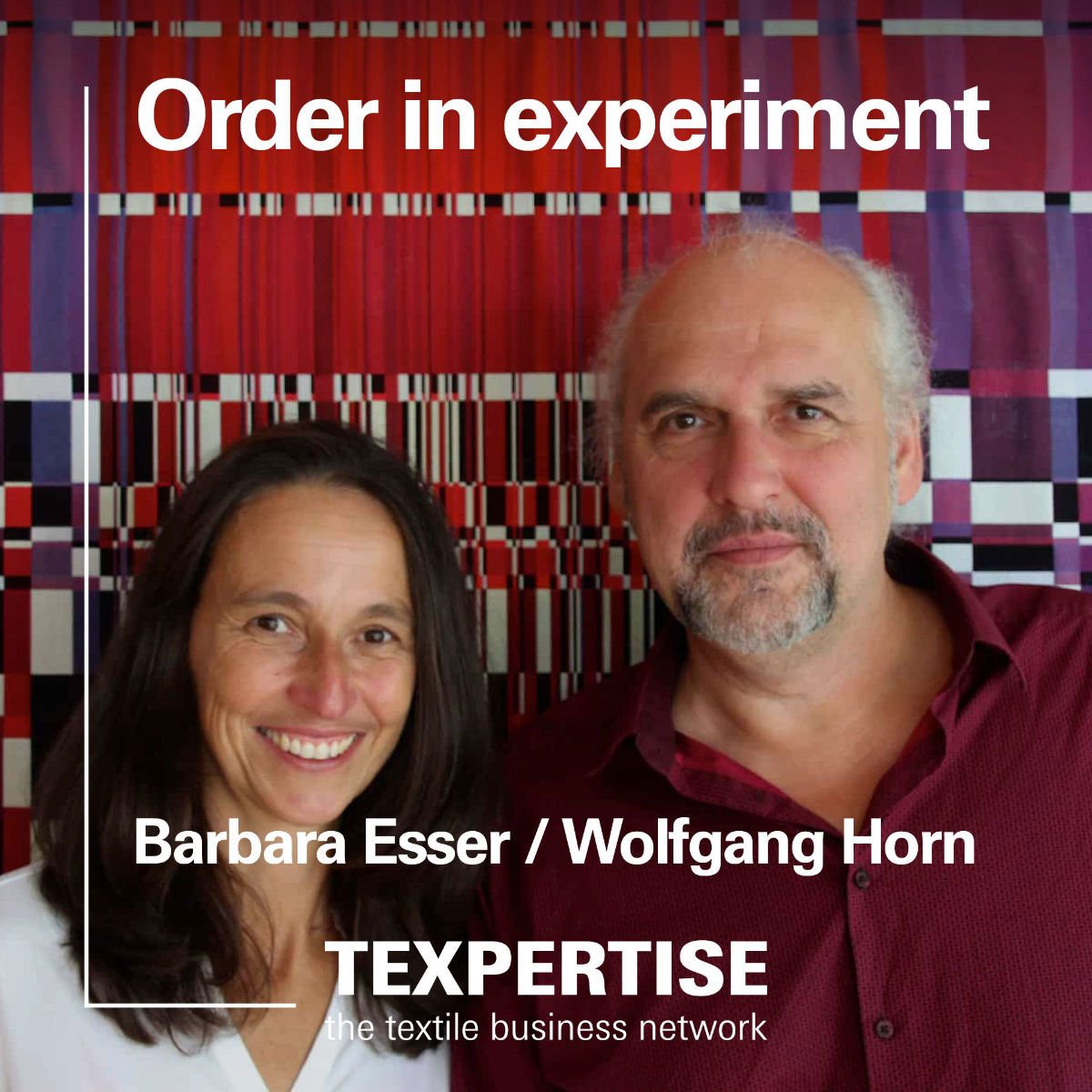Reading time: 3 minutes
Friedrich Baur runs Baur Vliesstoffe GmbH in Dinkelsbühl together with his brother. The company was founded in 1913 – under a different name and originally as a wool laundry, spinning and fulling mill. Today, the company produces nonwoven fabrics made from sheep’s wool and polyester that are used in a wide variety of products – for example, in mattresses or as insulation materials in the construction industry.
But Friedrich Baur’s heart beats for sheep’s wool. That becomes unmistakably clear during a company tour, when he reaches into the enormous, tightly compressed wool bales and hands you a fistful of this natural material. His deep connection to wool also led him to found the Swisswool label in 2010. Back then, he received an inquiry from the Swiss Sheep Breeders’ Association, which could no longer find buyers for its wool. With the Swiss mattress industry as a reliable customer, Friedrich Baur set out to establish collection points across Switzerland, where sheep farmers could bring their wool – which is shorn twice a year – and receive a fair price for it.
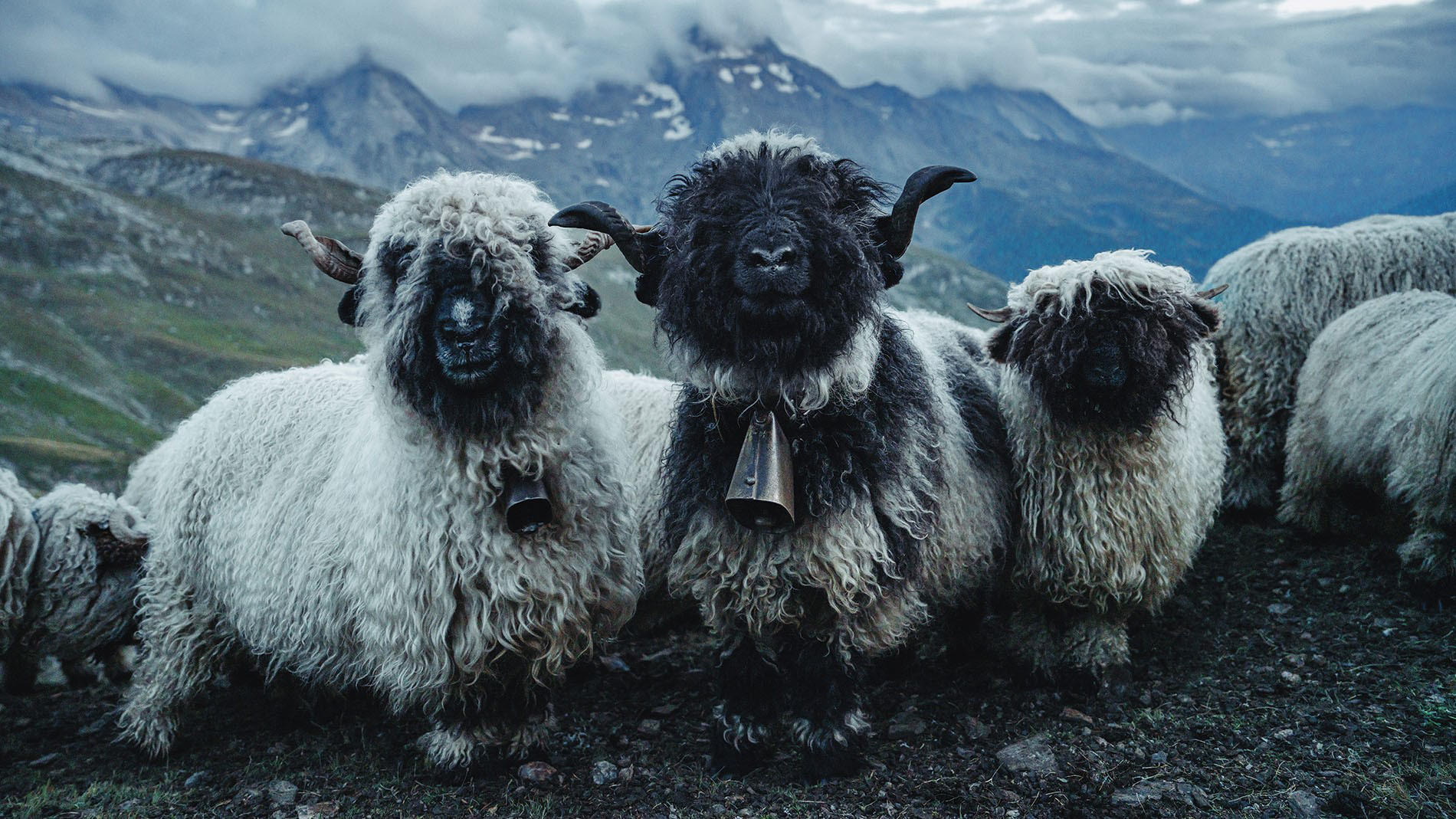
The real challenge, however, was processing all the wool. “Sheep’s wool is a renewable raw material, but it’s valuable down to the very last fibre,” says Baur. It’s used in nonwoven textiles, insulation – and, of course, the “Woopies”. Depending on the quality, scraps and waste are turned into organic fertiliser pellets or filler material. Die-cut leftovers from the denser backings of the “Woopies” are upcycled into lamps or accessories – the principle is zero waste.
So how did the “Woopies” come about? “Wool-based nonwovens and insulation materials are great, but once installed, they disappear behind walls or inside textiles. I wanted to develop a visually appealing product made of wool – something you can actually touch. We began thermally forming wool insulation materials in 2010, which eventually gave rise to the ‘Woopies’,” Baur explains. In 2011, the company filed a utility model for thermally formable acoustic panels.
The brand name “Woopies” was finally developed in 2014 in collaboration with an agency. In 2020, the company founded Baur Akustik GmbH to meet increasing demand and future-proof its business. According to Baur, the success of the “Woopies” lies in their proven performance across a wide frequency range and their clear formal language. But just as important is the material itself: “Sheep’s wool is a fantastic material. It not only absorbs sound and reduces reverberation, but it also naturally breaks down pollutants, neutralises odours, is anti-allergenic and regulates fluctuating indoor humidity levels.”
In the meantime, the product portfolio has expanded significantly. In addition to classic wall panels, ceiling baffles, partition walls, room dividers, desk screens and bass traps have been added. The absorber core consists of 60% virgin wool – 60% of which is recycled – and 40% textile binder fibre. Each panel features a solid, compressed edge and a surface made of high-quality loden fabric, woven from 100% virgin wool and available in 50 colours. A “Light” version has also been introduced. The difference: it features open edges and can therefore be produced in a wide variety of shapes, designs and sizes. Since last year, there is also the “Woopies Light RE”. Its surface is made of needle felt in five colours, produced from recycled used clothing.
And that’s not all: together with room acoustics expert Michael Fuchs, the company has developed a Room Acoustics Planner (RAP) specifically for the “Woopies” panels. It also offers measurements in accordance with DIN ISO 3382-03, which form the basis for detailed acoustic assessments.
However, there’s a small setback this year for Friedrich Baur. For the first time in 20 years, he was unable to purchase the Swiss sheep farmers’ spring wool. The main reason is a drop in demand from the mattress and insulation industries. Yet Baur remains confident for the autumn shearing season. He’s doing everything he can to stabilise demand – investing in new markets, digital sales channels and communication. He also recently presented his first rug collection made from Valais Blacknose sheep wool, developed in collaboration with Swiss designer Claudia Caviezel.
